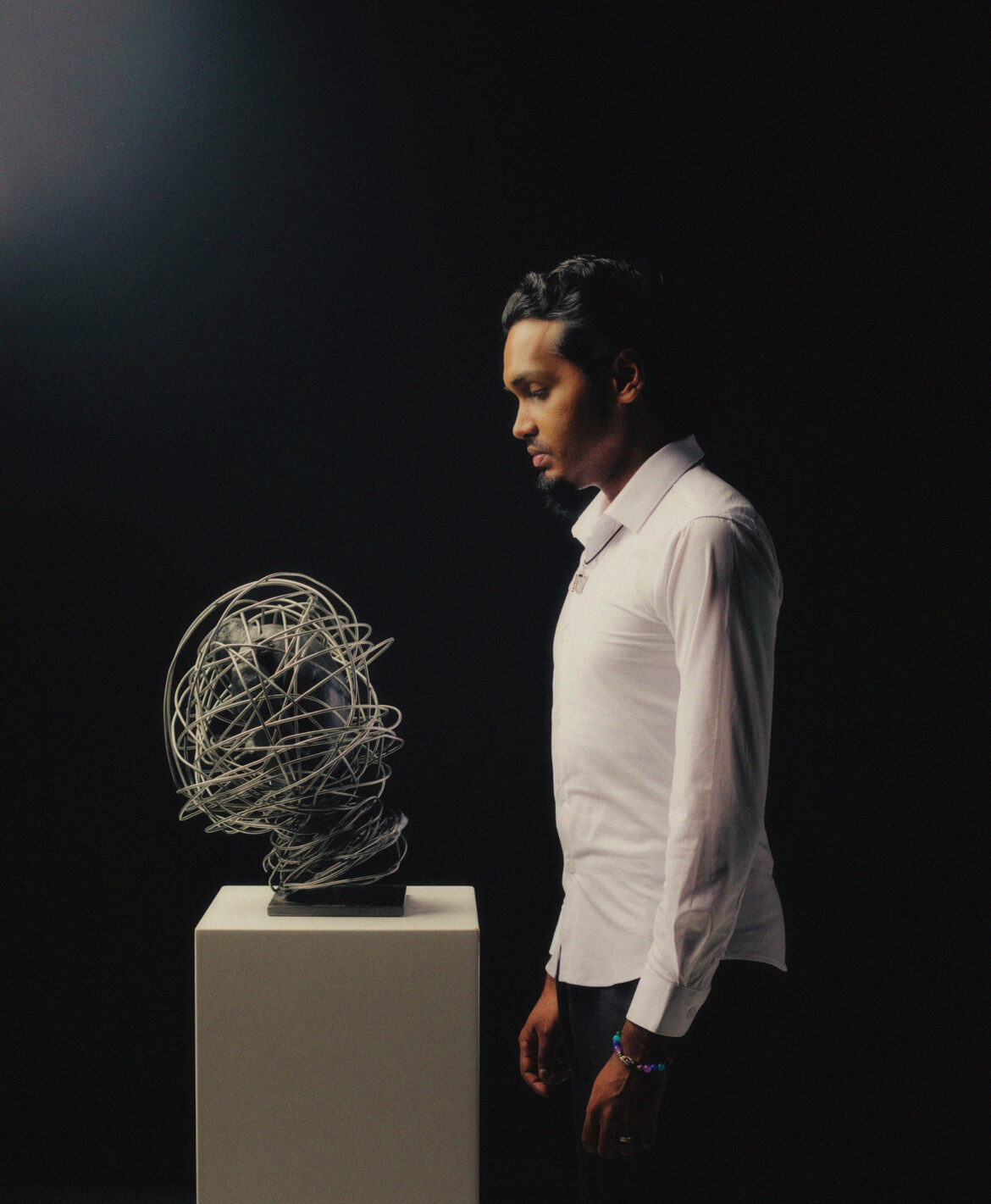Ripple Effect: A Comparative Study of Male Suicide in Trinidad and Tobago, Barbados, and Guyana – Part I
When he was asked what was being done to address male suicide in Trinidad and Tobago, the Minister of Health, Terrence Deyalsingh, said that recently the health ministry had signed a Memorandum of Understanding with the University of the West Indies (UWI) and UNICEF to establish a mental health chatline dedicated only to adolescents and youth. For those in their 30s, and 60 years and over, the national suicidal hotline among other resources would be there to assist.
But for 24-year-old, Charran Prem Tom, who’d sought out mental health assistance, it had proven not enough. One of his close friends, Michael (who did not provide his last name), said Charran was depressed for a long time, yet had a smile and laughter capable of lighting up entire rooms. Charran worked as an AC technician and enjoyed going to the gym. Nine years ago in secondary school, Michael met Charran in Form 4 where they became good friends not long after.
“He was always the person who would bring me a lot of joy,” Michael said.
Earlier in February, Michael observed Charran beginning to feel low following difficulties in his relationship. It was after breaking up with his girlfriend that he then decided to stick closely to Michael and Adrian; the group called themselves “The Trio”/The Three Brothers.” Coincidentally, Michael’s own relationship at the time also came to an end, resulting in him and Charran becoming “a relationship rock” to each other, concocting ways to get back together with their girlfriends.
“We used to do mental health checks. We’d say to each other: ‘Bro, mental health check! How are you doing?’ We were very, very open to talking about depression and suicidal thoughts,” Michael recalled.
The World Health Organisation defines suicidal ideation as “thoughts, ideas, or ruminations about the possibility of ending one’s life…”
Behavioural change consultant and founder of IODK Consultancy, Yohancé Ayodike, said there’s a difference between suicidal ideation and a suicide attempt, stating the former as a scale experienced by many persons when there seems to be no solution to a problem(s), which can then culminate with a suicide attempt.
“If a person continues having difficulties in their life that they cannot solve, and it continues to grow, eventually it leads to being suicidal because now it ruminates in their mind so much that a plan may be made. And then it can reach the point where they actually attempt suicide,” Ayodike said.
According to Michael, Charran was both lonely within and outside of his relationship but had shown high spirits whenever he would go out to lime. When he didn’t, however, he descended.
“When he would see us, he would start to smile. But if I messaged him or called him, you would hear it—there would be a different tone in his voice,” Michael said.
Charran was not oblivious to what he was experiencing—it was evident in his active engagement with a mental health therapist and seeking out online mental health resources to better understand what he was experiencing.
“After his passing, we went on his search history on his computer to see if there were any signs. He was doing quizzes on what was depression and to determine whether he truly was depressed,” Michael said.
Charran Prem Tom died by suicide on the night before Labour Day, June 19, in Couva. He was only 24 years old.
“I went by Adrian’s house first and picked him up. But I couldn’t say what it was; I was in shock. He watched me and asked, ‘What?’ because he could see it on my face. That was one of the hardest things to ever try to say. And I still didn’t say it…” Michael said.
More than 700,000 people die every year by suicide, with it being the fourth leading cause of death among 15- to 29-year-olds.


The Male Suicide Rate in T&T
As the rate of male suicide continues to increase in Trinidad and Tobago with 310 male suicides recorded from 2016 and 2019, and 343 men who took their lives between 2020 to 2023, the data behind the most common motives still remains unknown. With several male suicides thus far into the year, this article serves to better understand the struggles faced by men, and the effective and ineffective methods addressing the public health issue of male suicide in T&T, juxtaposing Barbados and Guyana for further edification.
The Ministry of Health in Trinidad and Tobago, which uses suicide data from the Crime and Problem Analysis Unit of Trinidad and Tobago (CAPA), revealed that from 2016 and 2023 there was a total of 653 male suicides in T&T, with men aged 60 and over accounting for the most deaths at 112, and men aged 35 to 39 ranking the second highest group with 80 deaths. The year with the highest rate of male suicide was 2022. In that same eight-year period, however, 2023 was the lowest with 28 male suicides. Information about risk factors or potential motives for suicides are not recorded by CAPA.
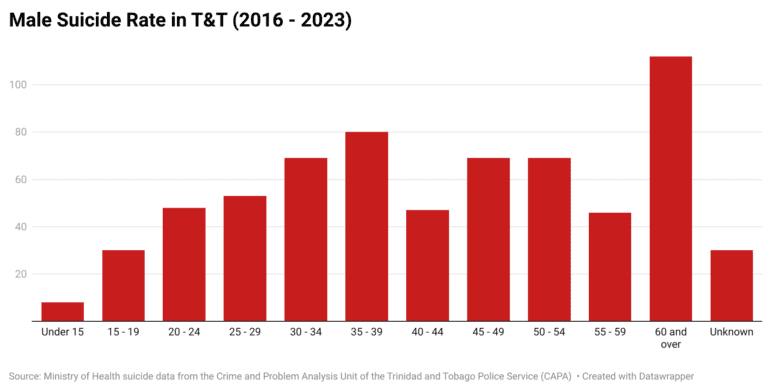

Testimony of a Suicide Attempt Survivor
Openly describing himself as a nerd, bookworm, and someone with a big, warm personality, Nazim Mohammed’s confidence at 26 years of age is not something he easily acquired—it was preceded by years of self-hatred.
When he was a young boy Mohammed was bullied by his classmates and criticised by family for not living up to the gender norms of what they believed a man was supposed to be like. This plummeted him into a state of dispossession, and with the pressures building up over time, eventually amounting with an attempt to take his own life in 2016.
“I grew up believing something was wrong with me. I was not like the other boys and I was consistently judged for the way I spoke, my interests. That sense of not belonging infiltrated my entire life,” Mohammed said.
Principal of the Institute of Law and Academic Studies (ILAS), Reagan Rowans, believes that society has gendered everything from colour, food, to the way people walk, resulting in unfortunate consequences for men, like Mohammed. It is the ideology of gender that reinforces the lack of freedom felt by men to express their emotions, and the lack of coping mechanisms, likewise, that they have in handling life’s obstacles. It is this, Rowans goes on to posit, that is giving rise to the high incidence of suicide found among men around the world.
“We are all inherently emotional, but if we treat men as not being emotional, and therefore we don’t emphasize equally the need for them to become emotionally stable and to be able to control their emotions, then when they are faced with emotional crises, how are they’re going to get out of that? Girls, on the other hand, are free to express their emotions,” Rowans said, who himself struggled when he was a young man to fit the mould of gender norms.
Measuring 5’3’’ in height, Mohammed considered his small built physique as one of the reasons why others had felt comfortable to bully him. As a dedicated student to his studies, he was eventually promoted to prefect for his class and got involved in dance and poetry, representing his school at different events. Yet his success did not deter students from continuing to verbally and physically attack him.
“The build-up is linked to constantly being put down in different aspects of your life because it was happening at home and at school. I’ve had people push me up against the wall who wanted to fight. I’ve had people call me very nasty names,” Mohammed said.
During that time, his only support system were his teachers and guidance counsellors, some of whom stood up for Mohammed in fights; and at home, his grandmother, who, according to Mohammed, had the ability to sense his distress without him having to say a word. His household environment was violent, witnessing domestic violence and a family member suffering with addiction.
“As a child, I always felt like dying. I felt unseen, unheard, and rejected. Most of my life I’ve been my worst critique,” Mohammed said, adding, “When you come from a place where you don’t know what love looks like, it infiltrates all your relationships: friends, family, professional, or romantic.”
While in Form Six, Mohammed was plagued with financial issues, with transport to school proving a major challenge for him. He worked on and off as a doubles cashier on the weekends to get by, and knowing that he did not come from a background with money, had planned to get himself a scholarship to further his education.
“Suddenly, I felt like I didn’t want to be here anymore. I felt like the pain I had was so much that I couldn’t live to heal it,” Mohammed confessed.
Following his suicide attempt, the then 18-year-old had woken up in Mount Hope Hospital where he was warded there for a week. Most of his family came to see him but never asked why he attempted to take his life.
According to data from CAPA, there were 82 male suicide attempts between 2021 and 2023, with age groups, 15 to 19, and 35 to 39, ranking the highest groups, both tying at 10 male suicide attempts during the three-year period. The Interntaional Association for Suicide Prevention (IASP) states that over three quarters (77%) of global suicides in 2019 occurred in low- and middle-income countries.
Countries like Guyana, India, Ghana, and Pakistan have decriminalised suicide in recent years. However, it is still illegal to attempt suicide in over 20 countries, including Trinidad and Tobago, where persons can be fined or imprisoned. Mohammed said he was not approached by any police officers while at the hospital, only psychologists who’d probed him for why he attempted suicide and how he was feeling. There were no follow ups following his discharge from the hospital.
Comparatively, in November 2022, Guyana passed the Suicide Prevention Act, effectively abolishing the criminalisation of suicide in the nation which had prior subjected those who attempted suicide up to 2 years imprisonment. However, the law was rarely enforced.
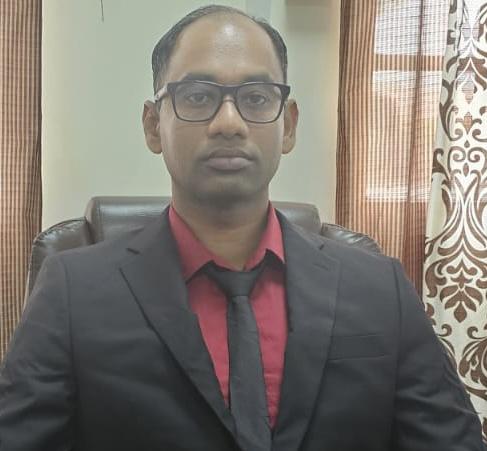

Psychiatrist and the Director of the Mental Health Unit of the Ministry of Health of Guyana, Dr. Timothy Morgan, said that laws prohibiting suicidal attempts, even if it is rarely enforced, can cast a chilling effect on persons from seeking help.
“Having those laws still there, it is going to hamper persons who want to seek help. If you do attempt suicide, then the police may have to get involved, they might not charge you, but if it is that you do survive you will be charged, because that is the law,” Dr. Morgan said.
The World Health Organisation (WHO) classifies the criminalisation of suicide as a contributing factor to help-seeking-hesitancy, meaning persons who want help may feel disinclined to do so by virtue of the consequences that could follow. Furthermore, this impacts the amount of data on mental-health issues and suicidal ideation experienced by a population, resulting with inaccurate reports on the reality of suicide.
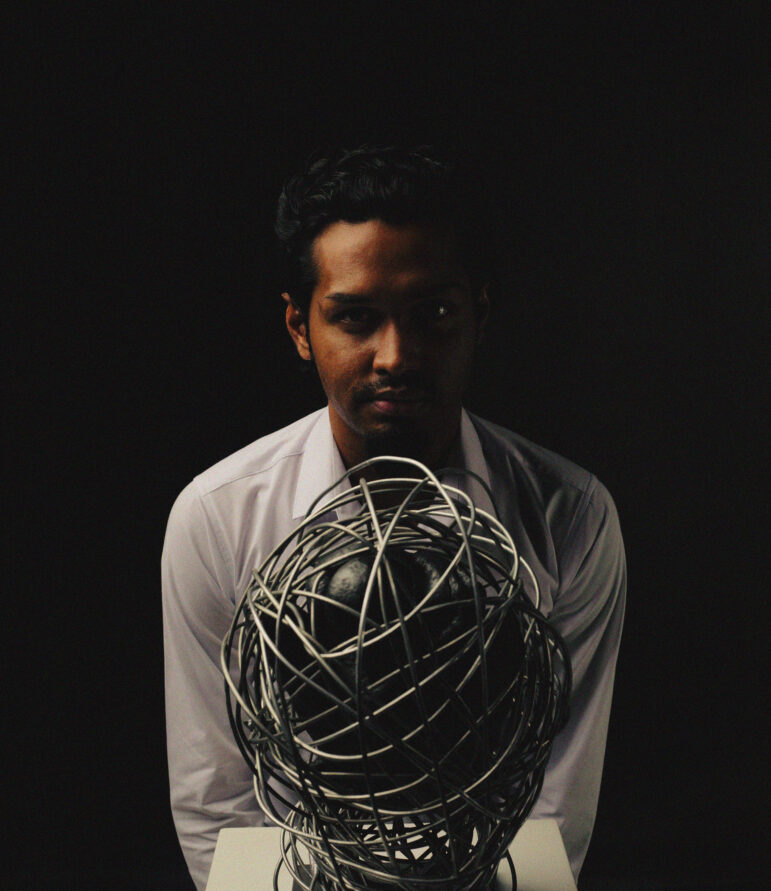

The Cost of Living
For Michael, the cost of living in Trinidad and Tobago directly impacts his mental health. And carries with it an enormous weight for him and those belonging to his age group, the 23-year-old said.
“Sometimes I have suicidal thoughts; it’s nothing new to me, since I’d been in high school, the same time I met Charran,” Michael confessed.
Amid the fear of talking about one’s emotions and the stigmas towards men’s mental health in T&T, when asked what he believed adversely affects Trinbagonian men, Michael boiled it down to two things: the cost of living and wondering what the purpose of life was — an existential question that has been pondered by ancient civilisations for thousands of years.
Earlier this year, the national minimum wage was increased by three dollars from TTD 17.50 to TTD 20.50 per hour (changed in September 2024 from $20.50 to $22.50 for public sector workers). Reflecting on this and his monthly earnings as a sales representative, Michael admitted that he survives pay check to pay check. And that if he were not living with his family, or had friends to lean on, his suicidal ideation would have proliferated.
“If you look at how things in Trinidad are looking, it’s not looking too good — I would say that and a lot of people my would age say that as well. Even though the minimum wage was raised, it’s still hard to live. Sometimes you need to do a private job on the weekends,” Michael said.
In 2021, five years after his suicide attempt, Nazim Mohammed’s economic woes worsened. Struggling to pay rent, back rent, and his student loan among other living expenses, he worked tirelessly as an administrative assistant at Caura Hospital while on the On-The-Job Training Programme (OJT) that ended last year.
“I definitely don’t think four thousand dollars is enough for anybody. I mean I lived on it, paid rent, I survived, but that is what it does. The amount is absolutely ridiculous. Nobody in the world can live on that as far as I am concerned. And nobody should be living on that; it’s just not enough,” Mohammed said.


Social worker and the president/founder of the Men’s Empowerment Network Support (MENS), Fabian Sargeant, who lives in Barbados, believes the common motives driving men to consider suicide are alcohol and drug addiction, relationship issues, issues of sexuality, and toxic household environments. He is adamant that the cost of living in Barbados, which ranks as one of the highest in the Caribbean, is a contributor to male suicide there.
“When I say issues of the household, I refer to young men who are pressured to contribute financially or otherwise who may not have a job or a skill set…sometimes they feel as if there’s no way out, there’s no way to turn. And that is where some of that suicidal ideation would emerge,” Sargeant said.
According to data from the Barbados Statistical Service (BSS), the average age of a Barbadian male to die by suicide is approximately 43 years old. Data also shows that 37 males between 2016 to 2023 died by suicide, 3 times greater than women, 12 of whom died by suicide during that period. There are 18 suicides per 100,000 people in Barbados.
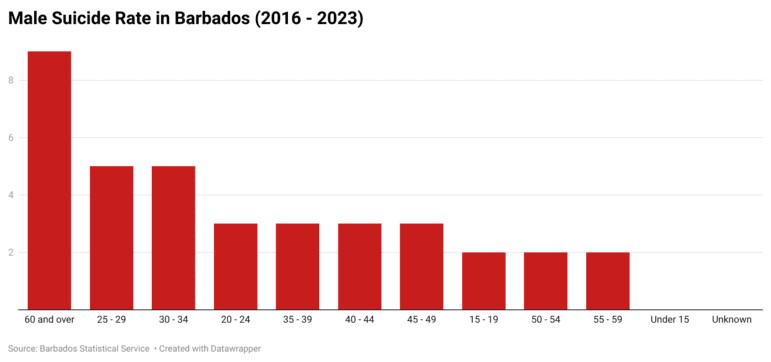

Sargeant argues that these figures aren’t a reflection of the attitudes held by most Barbadians, despite data from the World Health Organisation (WHO) which shows Barbados with one of the lowest suicide rates in the world.
“If you speak to an average Barbadian about the suicide rate, they will tell you it’s high because of the perception; we’re not accustom to hearing about suicide. From a professional standpoint, I agree, it is quite low compared to Trinidad and Guyana, but in terms of what we’re accustomed to, it’s a bit too much,” Sargeant said, who facilitates monthly support groups for men.
Stigmas and Stereotypes
Addressing the droning stereotypes and stigmas that attributes suicide to those of East-Indian descent, Dr. Timothy Morgan argues that statistics and perceptions must be thoroughly distinct and distinguished from the other.
Data provided by CAPA shows that from 2019 to 2023, there were 298 East Indian men who died by suicide in T&T compared to 142 of African descent, and 25 of whom were Mixed race.
In Guyana, with a population of over 800,000 persons, 44% is of East-Indian descent, and 30% of whom are of African descent, with the remaining demographics ranigng from indigenous Amerindians to Mixed races. Over 70% of the population live in rural areas, residing mostly along the country’s coastal strip along the Atlantic Ocean.
“When it comes to comparing statistics and looking at ethnicity, you have to be very careful. We have to avoid stigmatising certain groups because it may not be a reflection of the truth but an approximation of what is going on,” Dr. Morgan said, adding, “If you say that there’s a high suicide rate, but then if the population is small, the suicide index will go up. But if you have the same amount in a bigger population, then the [index] is not going to be significant.”
The biggest ethnic group in Guyana is the East-Indian population, 44% based on a census in 2022, a lot of whom work in the agricultural sector.
Throughout the years Guyana has been making positive strides in reducing both their male and female suicide rates. Men between 20 to 30 years old, and 50 to 65 years old account for the most suicides. A contributing factor is alcohol abuse, which Dr. Morgan said is found mostly among men living in rural areas.
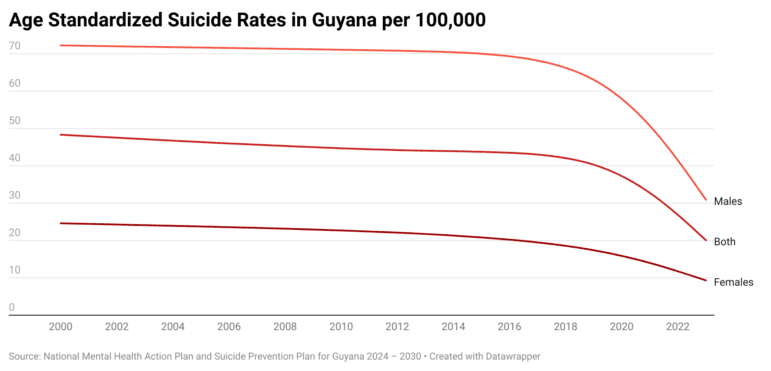

Utilising a population-needs approach to treat the multifactorial nature of suicide, one of the methods undertaken by the Guyanese health ministry has been to simultaneously increase educational awareness with increasing services over the past 2 years.
“From 2022 ‘till now, since the Suicide Prevention Act was passed, we have been aggressively ramping up services to provisions of services to persons in communities,” Dr. Morgan said.
Dr. Morgan has contributed to the creation of Guyana’s Mental Health Laws, and the National Mental Health Action Plan & Suicide Prevention Plan of Guyana 2024 – 2030. He is also responsible for spearheading the implementation of National Mental Health policies in Guyana and serves as a Commissioner on the Suicide Prevention Commission of Guyana, and is the Chairperson of the Mental Health Board of Guyana.
For part II of this series, please click here.
If you or a loved one is struggling with a mental health crisis or considering suicide, call any of the following:
- Lifeline: 800-5588 (toll free), 866-5433 (toll free); 220-3636 (Flow calls)
- ChildLine: 31-bmobile or 800-4321-any network, toll free
- Families in Action: 4 Hour Helpline, 628-2333
- Community Mental Health Services: 285-9126 ext. 2573
- NCRHA Chaguanas Stress Relief Centre: 645-3232/0774/5654 | 662-7028/7033/7072/7107/9141; 225-4673/2640
- National Alcohol and Drug Abuse Prevention Programme: 627-3506/627-3527 Ext: 205, 207
- T&T Association of Psychologists: 794-8827
- Ministry of Social Development and Family Services suicide hotline: 800-COPE or 2673
In case of an emergency (suicide attempt) call: 990, 811, 999

